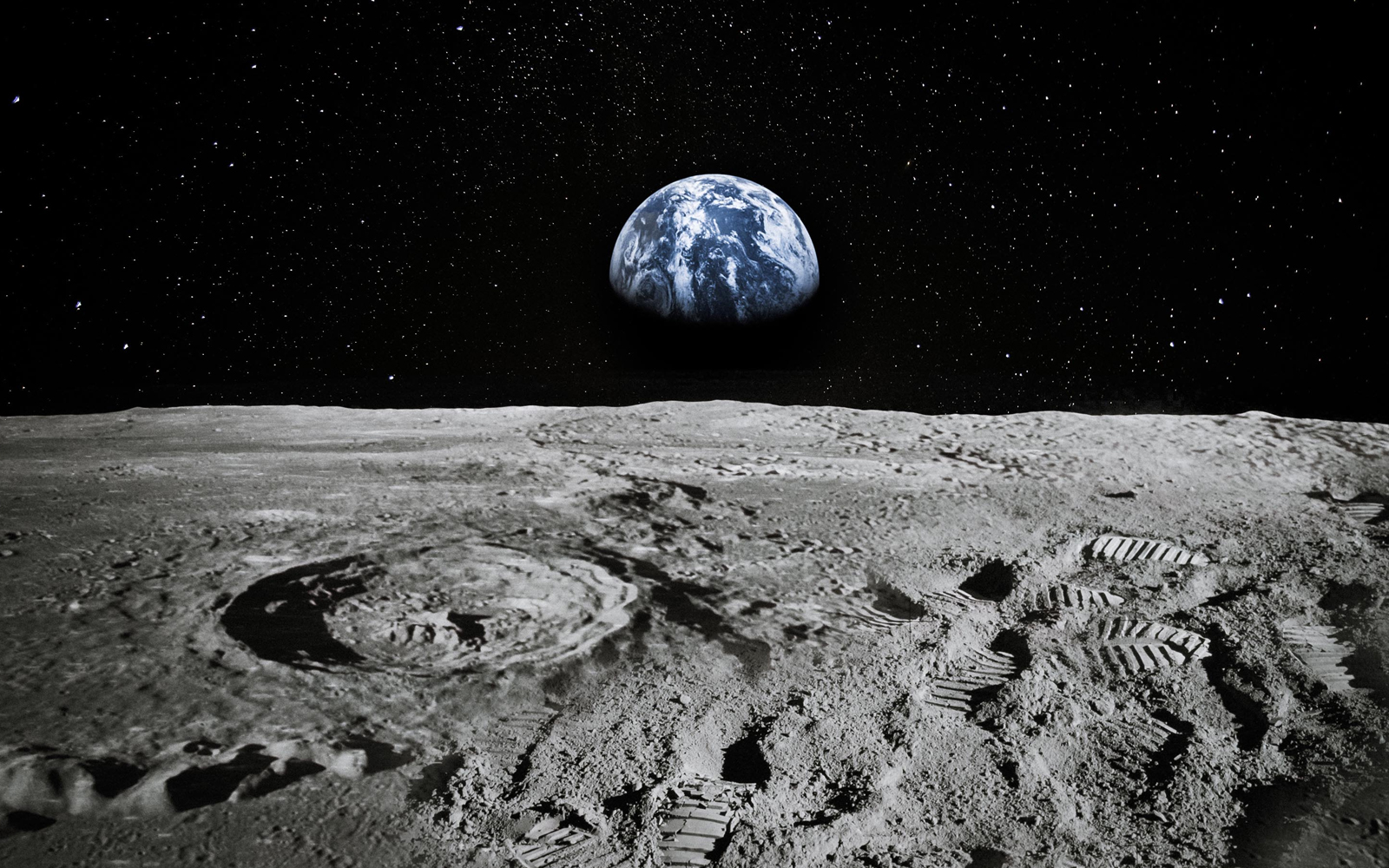
Scientists have uncovered a vast underground cave on the Moon, a discovery that could be pivotal for future lunar missions and potentially for long-term astronaut habitation.
The finding, reported by the journal Nature Astronomy, represents the first direct evidence of such a structure on the Moon and confirms longstanding speculations about extensive subterranean systems on our celestial neighbor.
Near the First Human Footprint on the Moon
A team led by Italian astronomers Leonardo Carrer and Lorenzo Bruzzone from the University of Trento analyzed radar data obtained in 2010 by the Lunar Reconnaissance Orbiter. They identified reflections indicating the presence of an underground cavity in the Sea of Tranquility region.
This cavity is located near a known deep pit, which has been speculated to be an entrance to an underground system, although no proof of such spaces existed until now. The pit, the deepest known on the Moon, has a diameter of approximately 100 meters and is surrounded by nearly vertical walls. The newly discovered space lies about 150 meters beneath the surface and is estimated to be up to 45 meters wide and 80 meters or more in length.

Potential for Lunar Base Development
While scientists have strong evidence supporting the existence of this tunnel, direct visual confirmation is still lacking. The conclusions are based on radar data and computer simulations. Definitive confirmation and detailed exploration will require further research, likely including an on-site mission.
The Sea of Tranquility has been the landing site for several lunar probes, including the historic Apollo 11 mission, which brought the first humans to the Moon on July 20, 1969. The discovered cave is located approximately 400 kilometers from this iconic site. This proximity to a historically significant area could enhance its attractiveness for future missions.

Implications for Future Lunar Missions
The potential for establishing a lunar base within such an underground structure is immense. Subsurface habitats could offer protection from the harsh lunar environment, including extreme temperatures, radiation, and micrometeorite impacts. This discovery opens new avenues for the construction of sustainable lunar bases, which could serve as critical hubs for scientific research and as stepping stones for deeper space exploration.
In summary, the discovery of an extensive tunnel beneath the Moon’s surface marks a significant milestone in lunar exploration. It not only supports theories about the Moon’s geological history but also presents a viable option for future human settlement. As researchers continue to study this subterranean wonder, the dream of a permanent human presence on the Moon moves closer to reality.


